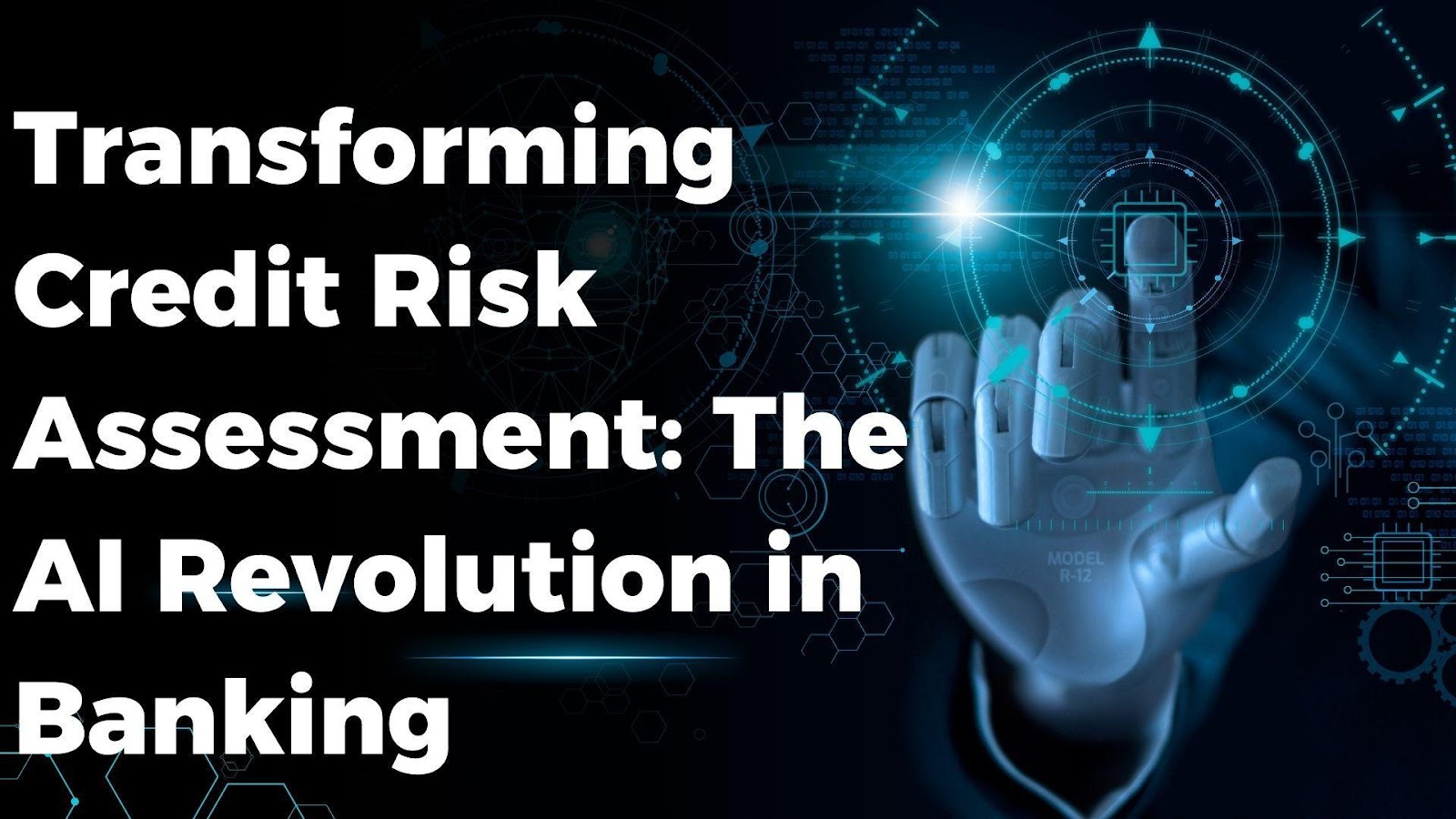In the ever-evolving financial landscape, artificial intelligence (AI) is reshaping credit risk assessment, offering enhanced accuracy, efficiency, and cost reductions. Sahini Dyapa, an expert in banking technology, explores how AI-driven solutions are addressing the limitations of traditional risk assessment methods. This transformation is driving a paradigm shift, enabling financial institutions to make more informed decisions with unprecedented speed and precision.
The Shortcomings of Traditional Credit Risk Models
Conventional credit risk assessment methods, while foundational to banking operations, are increasingly proving inadequate in today’s fast-paced financial environment. Traditional models rely heavily on historical data, making them less effective in assessing creditworthiness for new applicants with limited credit histories. Additionally, manual processes consume valuable time and resources, often leading to delayed decision-making and increased operational costs.
Financial institutions have long depended on metrics such as Probability of Default (PD), Loss Given Default (LGD), and Exposure at Default (EAD) to predict credit risk. However, these models struggle to adapt to economic fluctuations, frequently underestimating risk during financial crises. As a result, banks face increased exposure to defaults, necessitating a more dynamic and intelligent approach.
AI-Powered Solutions: A Game Changer in Risk Assessment
AI-driven credit risk assessment is revolutionizing how banks evaluate potential borrowers. By leveraging machine learning algorithms, financial institutions can analyze vast amounts of structured and unstructured data in real time. This capability enables a more nuanced understanding of creditworthiness, reducing reliance on historical data alone.
Enhancing Accuracy with Machine Learning
One of AI’s most significant contributions to credit risk assessment is its ability to refine prediction accuracy. Traditional models often fail to capture the complexities of financial behavior, whereas machine learning algorithms continuously learn and adapt to new data inputs.
Ensemble learning techniques, which combine multiple models to enhance performance, have demonstrated notable improvements in risk assessment accuracy. Neural networks, for example, offer superior pattern recognition capabilities, detecting subtle indicators of credit risk that conventional models might overlook. As a result, financial institutions utilizing AI-powered solutions have reported a 25% increase in risk detection accuracy, leading to more reliable lending decisions.
Cost Reduction and Operational Efficiency
Implementing AI in credit risk assessment not only improves accuracy but also significantly reduces operational costs. By automating routine tasks, AI minimizes the need for manual intervention, allowing risk managers to focus on strategic decision-making. Studies indicate that financial institutions integrating AI solutions have experienced a 20-30% reduction in risk processing time and a 25% improvement in cost efficiency.
Moreover, AI-driven automation facilitates straight-through processing, enabling rapid credit decision-making. This efficiency is particularly beneficial for consumer and small-business lending, where speed and accuracy are paramount.
Overcoming Challenges: Data Quality and Regulatory Compliance
Despite its numerous advantages, AI implementation in credit risk assessment presents challenges, particularly concerning data quality and regulatory compliance. Financial institutions often grapple with inconsistencies in data sources, requiring extensive preprocessing to ensure reliability.
To address these issues, banks are adopting standardized data schemas and automated validation processes. These measures improve data quality scores by up to 75%, enhancing the overall performance of AI models. Additionally, comprehensive model governance frameworks and audit trails help institutions comply with regulatory requirements, reducing compliance-related concerns.
Another challenge is model interpretability, as AI algorithms can sometimes function as “black boxes,” making their decision-making processes difficult to explain. To mitigate this, banks are incorporating explainability techniques, such as SHAP (Shapley Additive Explanations), which provide insights into how AI models arrive at their conclusions. These efforts increase transparency and foster trust among stakeholders.
The Future of AI in Credit Risk Management
The integration of AI in credit risk assessment is still in its early stages, but its potential is undeniable. As machine learning models become more sophisticated, their ability to assess risk with greater precision will continue to evolve. Future advancements may include the incorporation of alternative data sources, such as social media behavior and transaction history, to further refine credit evaluations.
Moreover, as AI-powered solutions become more widespread, financial institutions will likely see even greater cost savings and efficiency improvements. The continuous development of regulatory frameworks will ensure that AI applications in credit risk assessment remain ethical, transparent, and compliant with industry standards.
In conclusion,the adoption of AI-driven credit risk assessment represents a transformative shift in banking technology. By addressing the limitations of traditional models, AI enhances accuracy, reduces costs, and improves operational efficiency. While challenges such as data quality and regulatory compliance remain, financial institutions are actively developing solutions to mitigate these concerns. As Sahini Dyapa highlights, AI’s role in modern banking is only set to expand, offering a more intelligent, efficient, and secure approach to credit risk management.



































